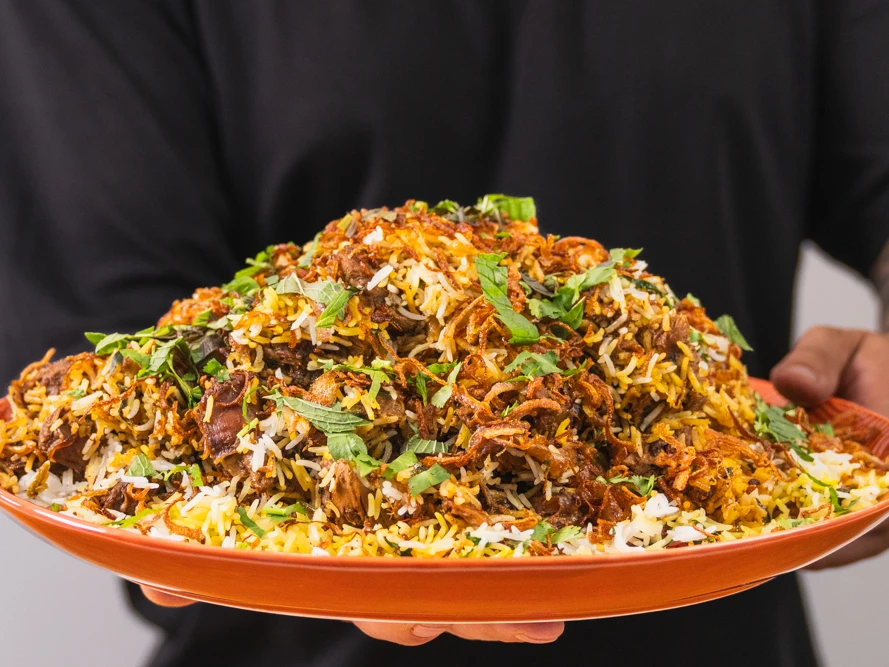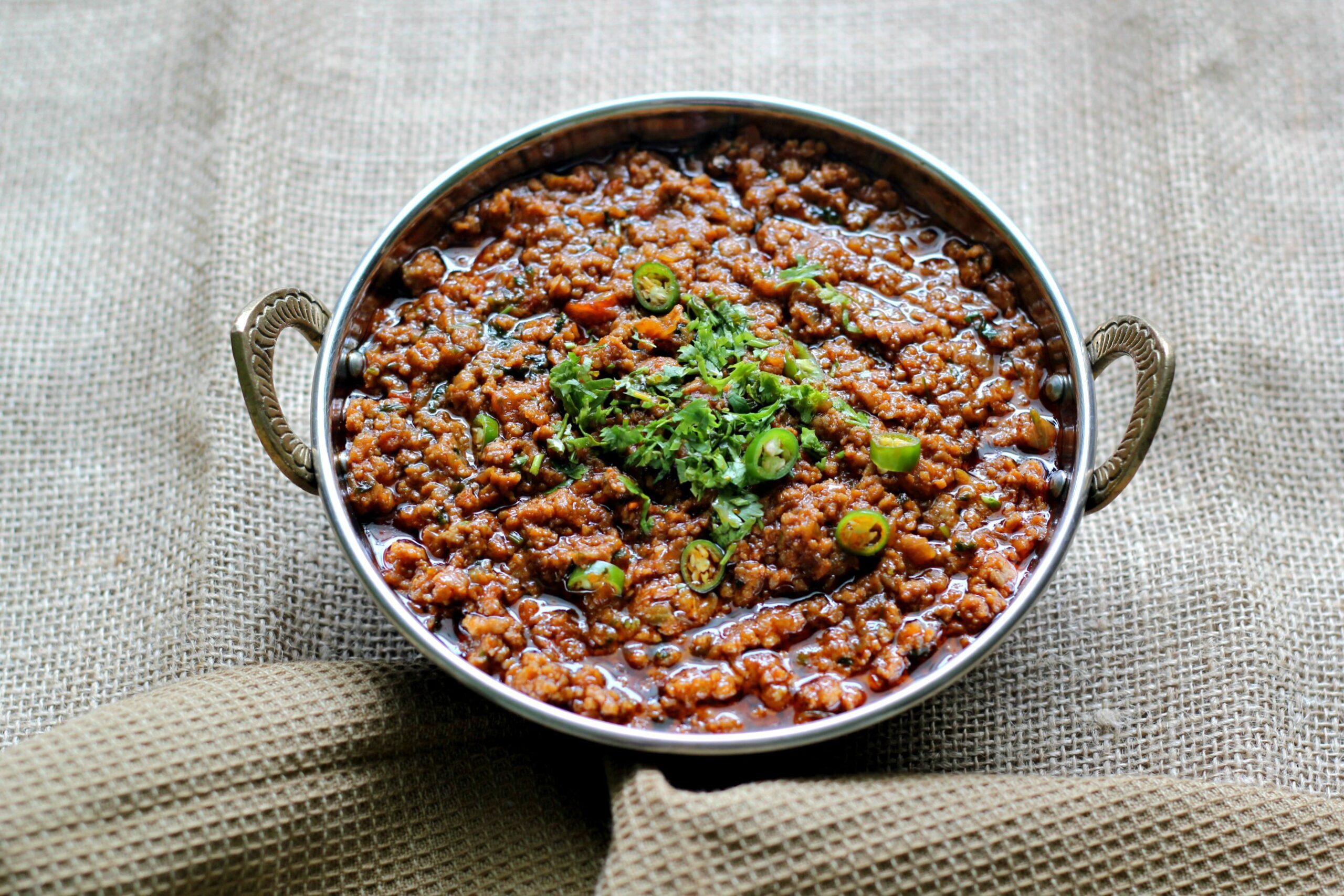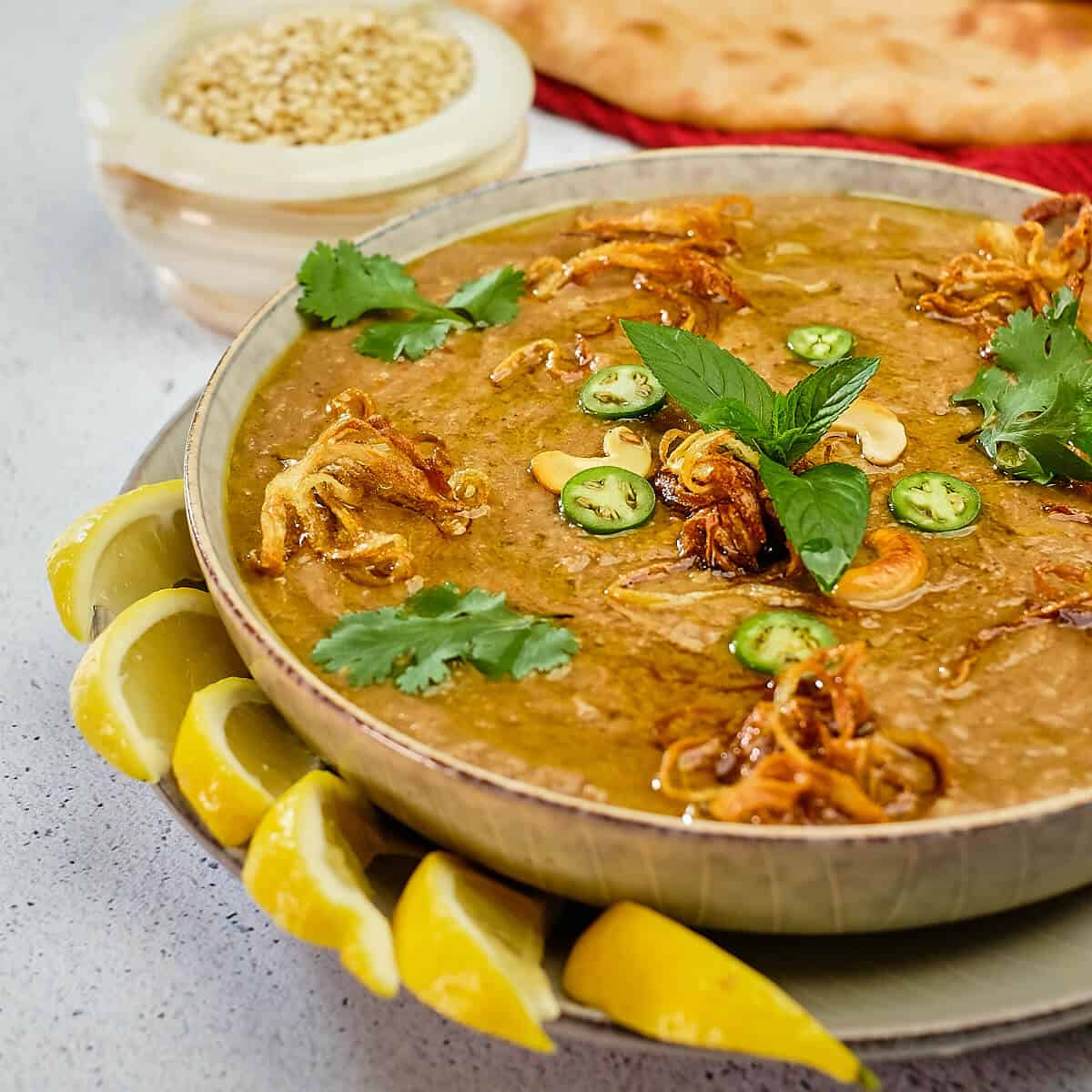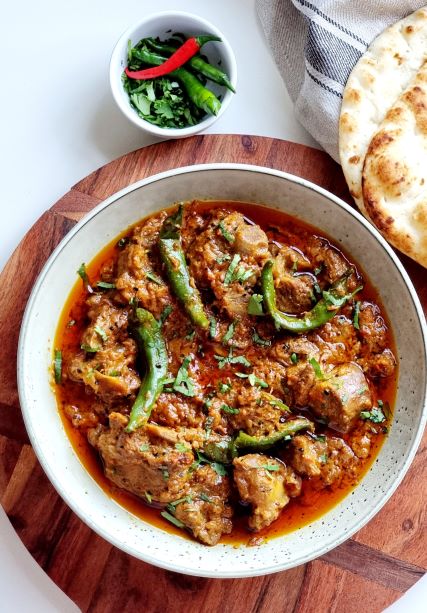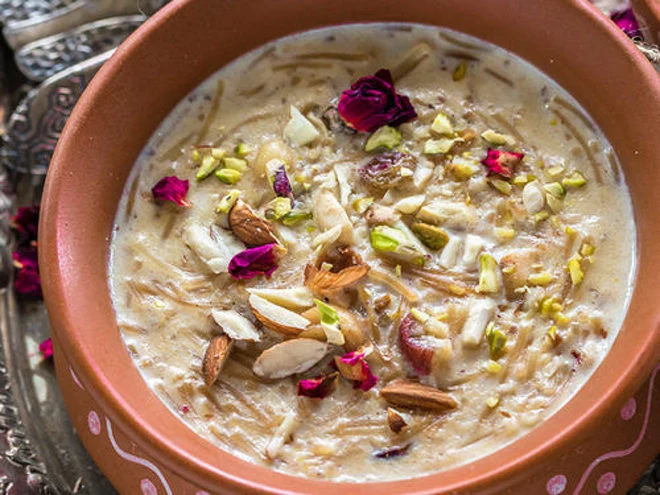
Share This Story, Choose Your Platform!
Best Eid Ul Adha Recipes to Delight Your Taste Buds
Eid ul Adha is a joyous occasion that brings families and communities together. It’s a time for celebration, reflection, and of course, delicious food! With the bounty of Eid ul Adha comes the opportunity to create a culinary feast featuring the star ingredient – meat from the sacrifice. If you’re looking for some inspiration to tantalize your taste buds this Eid, look no further! Here are our top 5 picks for must-try Pakistani dishes made with mutton and beef, perfect for gracing your Eid table:
-
The Classic Crowd-Pleaser: Mutton Biryani
Biryani needs no introduction in Pakistan. This fragrant and flavorful rice dish is a true showstopper, guaranteed to leave your guests wanting more. The beauty of Biryani lies in its versatility. You can choose from a variety of regional styles, each boasting its own unique spice blend and cooking technique. For Eid ul Adha, a mutton biryani is a perfect choice.
What makes it special: Mutton adds a richness and depth of flavor to the biryani that is simply unmatched. The tender, slow-cooked meat paired with aromatic spices like cardamom, cloves, and saffron creates a symphony of taste and aroma.
Tips for making it at home:
- Use high-quality basmati rice, known for its long grains and fluffy texture.
- Marinate the mutton overnight in yogurt, ginger, garlic, and a generous amount of biryani masala.
- Layer the marinated meat with the rice, fried onions, and ghee (clarified butter) for even distribution of flavor and moisture.
- Seal the pot tightly to allow the biryani to steam and cook through perfectly.
-
Keema
Keema, meaning “minced meat” in Urdu, is a versatile dish that can be enjoyed for breakfast, lunch, or dinner. The beauty of keema lies in its simplicity. Ground mutton or beef is stir-fried with a base of onions, tomatoes, and spices, creating a flavorful and comforting dish.
What makes it special: The variations of keema are endless. You can adjust the spice level to your preference, add vegetables like peas or potatoes for extra texture, or even incorporate fried eggs for a protein-packed breakfast option.
Tips for making it at home:
- Brown the minced meat well to ensure a rich flavor.
- Don’t be shy with the spices! Cumin, coriander, red chili powder, and garam masala are essential for a delicious keema.
- Adjust the consistency of the keema by adding water or stock depending on your preference. For a drier version, perfect for stuffing samosas, cook it for a longer time.
-
Haleem
Haleem is a rich and hearty stew, traditionally cooked for hours over low heat. It’s a labor of love, but the result is a heavenly dish. Haleem is typically made with wheat, lentils, barley, and meat (mutton or beef), slow-cooked with a medley of spices and sometimes even nuts.
What makes it special: The slow-cooking process allows the flavors to meld beautifully, resulting in a dish that’s incredibly tender and flavorful. The addition of ghee and cream adds a touch of richness that elevates the entire experience.
Tips for making it at home:
- Pre-hydrating the wheat and lentils overnight is key to ensuring a smooth and creamy texture.
- Use a pressure cooker to save time on the cooking process.
- Be patient! The longer you cook the haleem, the more delicious it will be. Just be sure to stir occasionally to prevent burning.
-
A Tangy Twist: Achar Gosht
Achar gosht, literally translating to “pickle meat,” is a unique and flavorful dish that offers a welcome departure from the usual Eid fare. This dish features meat (mutton or beef) cooked in a tangy and spicy sauce made with pickles and yogurt.
What makes it special: The tanginess of the pickles cuts through the richness of the meat, creating a complex and intriguing flavor profile. Achar gosht is a great option for those who enjoy a bit of a kick in their food.
Tips for making it at home:
- You can use store-bought mango pickles or make your own for a more personalized touch.
- Adjust the amount of pickle masala according to your spice preference.
- Garnish with fresh coriander leaves for a pop of color and freshness.
5. Sweet Endings: Sheer Khurma
Sheer khurma, a rich vermicelli pudding flavored with milk, nuts, and dried fruits, is the perfect way to end your Eid ul Adha meal on a high note. This creamy and decadent dessert is sure to satisfy your sweet tooth and leave your guests wanting more.
What makes it special: Sheer khurma is traditionally colored a vibrant yellow with saffron, adding a festive touch to your Eid table. The combination of sweet milk, crunchy nuts, and chewy dried fruits creates a delightful textural experience.
Tips for making it at home:
- Use high-quality vermicelli for the best results. Thicker vermicelli like seviyan works well in this dish.
- Toast the nuts and dried fruits lightly for an extra burst of flavor.
- Don’t overcook the vermicelli. It should be cooked through but still retain a slight bite.
Beyond the Recipes: Adding Your Personal Touch
These are just a few ideas to get you started on your Eid ul Adha culinary journey. The beauty of Pakistani cuisine lies in its vast diversity and room for personalization. Feel free to experiment with different spices, add your favorite ingredients, and create dishes that reflect your family’s traditions.
Eid ul Adha is a time for celebrating with loved ones. Let food be the language that brings you together and creates lasting memories. So put on your apron, get creative in the kitchen, and enjoy the festive spirit!
Additional Tips:
- Don’t be afraid to ask for help! Eid ul Adha is a time for community, so reach out to family and friends for their tried-and-true recipes and cooking tips.
- Presentation is key! Take the time to arrange your dishes attractively on platters, and garnish them with fresh herbs and chopped nuts for an extra touch of elegance.
- Most importantly, have fun and enjoy the process! Cooking should be a joyful experience, so relax, experiment, and savor the delicious results.
Eid Mubarak! From Sapphire Builders and Associates… We Wish You A Happy Eid Mubarak.

